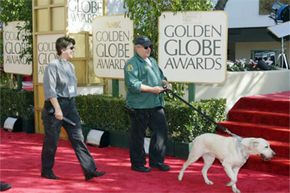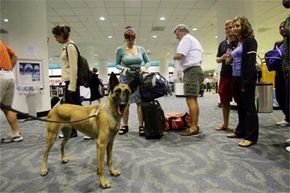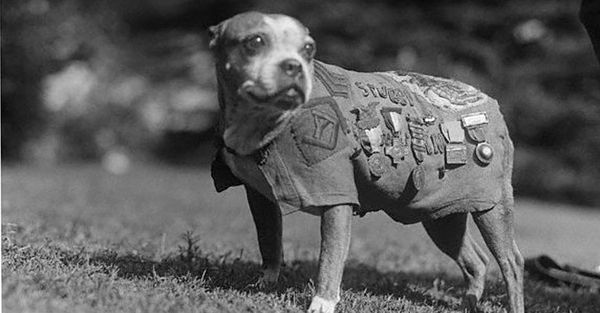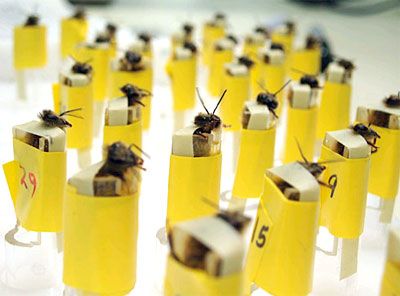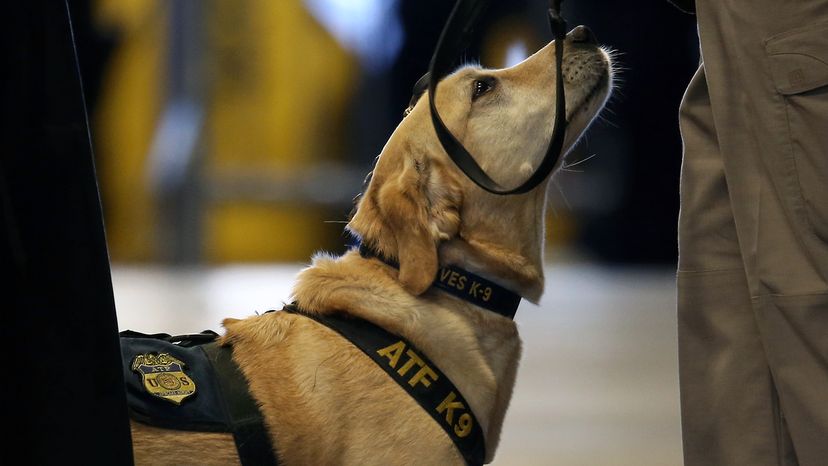
When the phone rang one morning in 1972 at Trans World Airlines' New York City headquarters, the caller on the other end delivered a bomb threat. The anonymous party demanded $2 million, to be tucked into duffel bags in JFK airport lockers, or else four TWA planes would blow up soon.
Not sure which planes were in danger, the airline began grounding all of its flights to search them. TWA Flight 7, on its way from New York to Los Angeles, was among them. Flight 7 had been in the air only 15 minutes when the pilot got the message. He turned the aircraft back to New York and rushed 45 passengers and seven crew members off the plane.
Advertisement
Taxing to the far end of the runway, the plane stopped for its search, and Brandy, a German shepherd led by New York City Police, trotted on. In the cockpit, she sniffed a black briefcase and sat down next to it. The briefcase, marked "Crew," was a normal sight on planes. Pilots kept their manuals in such briefcases back then. But Brandy's instinct was correct. Inside, police found enough of the explosive C-4 to destroy the plane. A detective from the New York City Police Department whisked the bomb off the plane and disarmed it five minutes before it was set to explode [source: Witkin]. No other flights had bombs. The crisis was averted.
This twist of this story is its heroine, Brandy. Few police forces, and no airports, had bomb-sniffing dogs at that time. Brandy's training occurred in a university psychology laboratory, and her funding sprang from an Army research lab that has long since dissolved. She was in JFK airport by coincidence, as part of a demonstration of dogs' ability to find bombs [source: New York Times].
On her first real job, Brandy stopped an extortion plot. For context, extortion hijackings outnumbered winter holidays in 1972, with five occurring in January alone [source: Witkin]. It's no wonder that President Richard Nixon gave the Federal Aviation Administration its own bomb-sniffing canine unit in the same year.
In this article, we'll explore the odoriferous world of bomb-sniffing dogs. Keep reading to find out how Brandy's nose saved the day.
Advertisement
